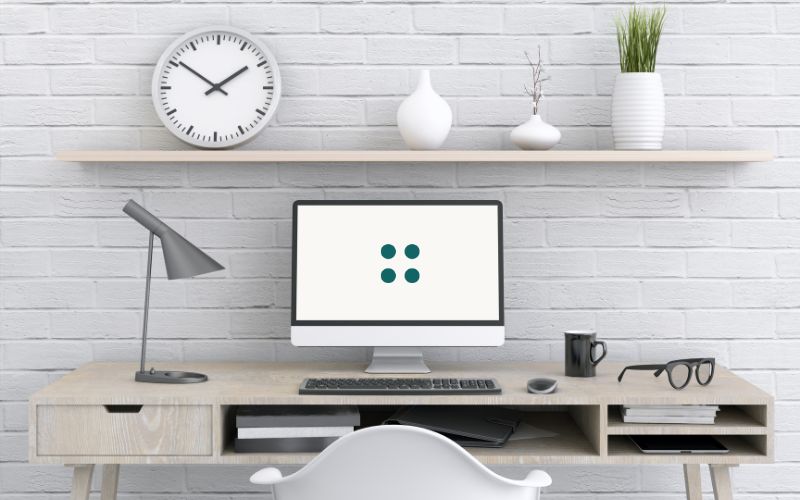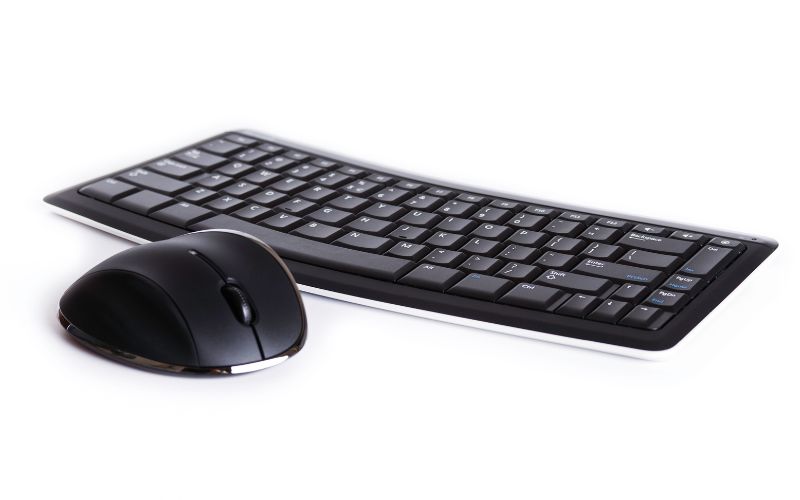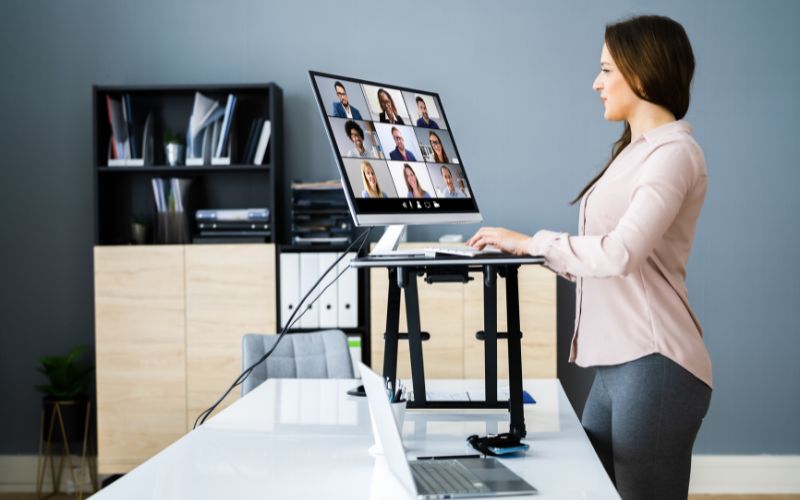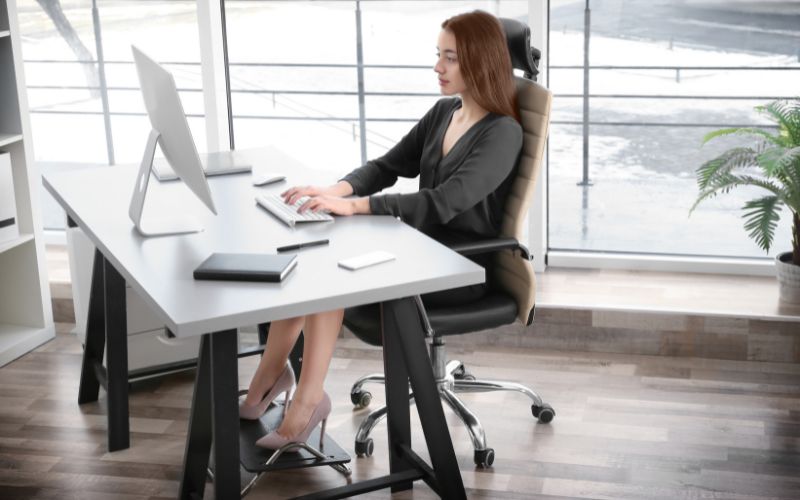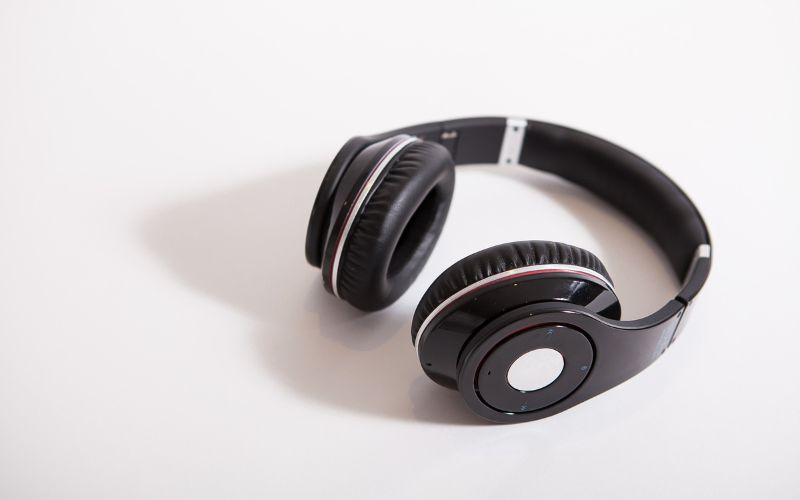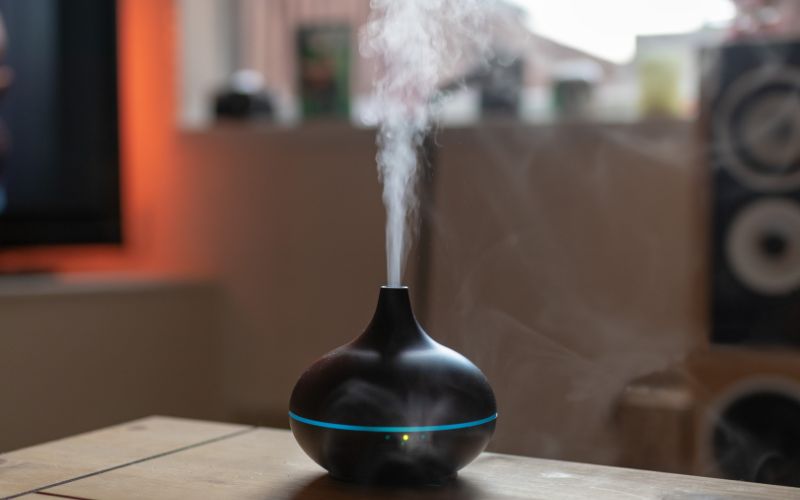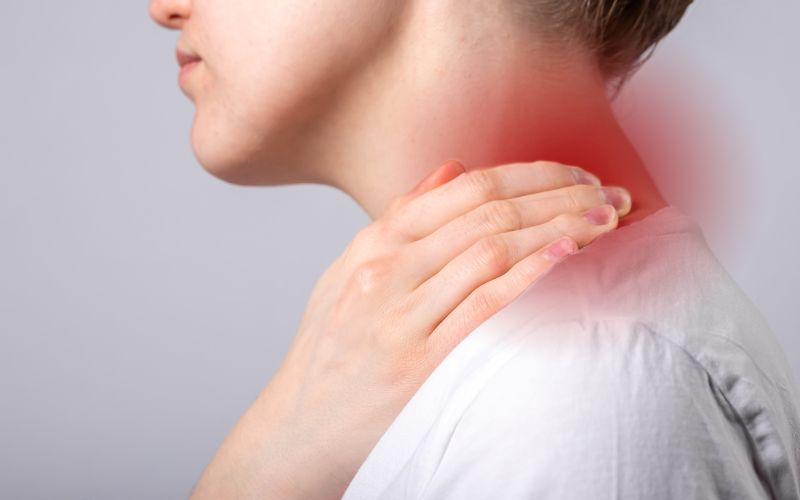Creating an ergonomically correct workstation is essential to maintaining a healthy and productive work environment. Poorly designed workstations can lead to physical strain and discomfort, which can negatively impact your work performance and overall well-being. In this article, we’ll discuss seven things you need for an ergonomically correct workstation that can help you work smarter, not harder.
Ergonomic desk setup -Adjustable Chair
A comfortable and adjustable chair is the cornerstone of an ergonomic workstation. It should be able to adjust the height, seat depth, and backrest to support your body’s natural posture. Your feet should rest comfortably on the ground or on a footrest, and your arms should rest at a 90-degree angle on the armrests.
Ergonomic Keyboard and Mouse
Ergonomic keyboards and mice are specially designed to help prevent repetitive strain injuries (RSIs) that can occur from prolonged computer use. These injuries are often caused by unnatural and repetitive movements, which can lead to discomfort and pain in the hands, wrists, and arms.
Ergonomic keyboards are designed with a curved shape that follows the natural contours of the hands and wrists. This design helps to reduce strain and pressure on the joints, allowing for a more natural and comfortable typing experience. Additionally, many ergonomic keyboards come with wrist rests that provide additional support and comfort for the hands and wrists.
Ergonomic mice are also designed to reduce strain and pressure on the wrists and hands. They often have a contoured shape that fits comfortably in the hand, and some models come with customizable buttons and scroll wheels that can be adjusted to fit your personal preferences.
When choosing an ergonomic keyboard and mouse, it’s important to consider your specific needs and preferences. Some ergonomic keyboards and mice are designed for specific tasks or typing styles, such as gaming or coding. Additionally, some models may have more advanced features, such as backlit keys or programmable buttons.
Monitor with Adjustable Height and Tilt
Your computer monitor should be at a comfortable viewing distance, about an arm’s length away, and positioned at eye level. An adjustable monitor arm can help you achieve this position and avoid neck and eye strain. Additionally, a monitor with a tilt function can help you reduce glare and adjust to your preferred viewing angle.
Ergonomic desk setup – Document Holder
If you frequently reference physical documents or papers, a document holder can help reduce neck strain by positioning the documents at the same level as your monitor. This can help prevent you from having to look down at the documents, which can cause neck and shoulder strain.
Adequate Lighting
Having adequate lighting in your workspace is crucial to avoid eye strain, headaches, and neck pain. Poor lighting can make it difficult to read small text on your computer screen or paperwork, leading to eye strain and headaches. However, excessive lighting can cause glare, making it difficult to view your screen and work comfortably. Therefore, it’s important to have the right balance of natural and artificial light sources.
Natural light is the best source of illumination, so position your workstation near a window that lets in plenty of natural light. Natural light has been shown to boost productivity and improve overall well-being, as it helps to regulate your body’s circadian rhythm. Additionally, you can use adjustable blinds or curtains to control the amount of natural light that enters your workspace.
Artificial lighting is also important to have in your workspace, especially if you work in a dimly lit room or at night. Choose overhead lighting that is bright enough to illuminate your entire workspace, but not so bright that it causes glare. You can also use a desk lamp to provide additional lighting if needed, such as for reading documents or working on fine details. To reduce eye strain, position your desk lamp so that the light shines on your work and not directly into your eyes.
Footrest
A footrest is an often-overlooked piece of ergonomic equipment that can make a big difference in your overall comfort while working at a desk. It can help to alleviate discomfort in your feet, legs, and lower back by providing a stable and comfortable surface for your feet to rest on.
If you are working at a desk with a chair that cannot be adjusted to a comfortable height, a footrest can be an essential addition to your workspace. It can help to ensure that your feet are properly supported and not left dangling, which can cause strain on your lower back and legs.
Using a footrest can also help to promote good circulation in your legs, which is important for preventing stiffness and fatigue. When you sit for long periods of time, blood can pool in your lower legs, leading to discomfort and swelling. By using a footrest to elevate your feet slightly, you can help to encourage blood flow and reduce these symptoms.
When choosing a footrest, it’s important to look for one that is adjustable and provides a stable surface for your feet to rest on. Some footrests also come with massage balls or rollers to help stimulate circulation and reduce tension in your feet.
Overall, incorporating a footrest into your workspace can be a simple yet effective way to improve your posture, reduce discomfort, and promote good circulation. Whether you are working from home or in an office, a footrest can help to make your workspace more comfortable and supportive of your physical health.
Standing Desk
Sitting for extended periods can lead to poor posture and increased risk of health issues such as obesity, diabetes, and heart disease. A standing desk can help alleviate these issues by allowing you to stand while you work. An adjustable standing desk or Ergonomic desk can provide the flexibility to switch between standing and sitting throughout the day.
Reduce stress while you’re working
Anything that helps you reduce stress while you’re working is essential for creating an ergonomically correct workstation. Stress can have a negative impact on your body, causing your muscles to tense up and making it harder to focus. To combat this, consider adding items to your workspace that promote relaxation, such as noise-cancelling headphones, a houseplant, or an essential oil diffuser. These simple additions can help create a more calming environment and improve your overall well-being while working. Remember to play around with your setup and make adjustments until you find the perfect balance for your body.
Noise-cancelling headphones
Noise-cancelling headphones are a great addition to any workspace, especially if you work in a noisy or distracting environment. These headphones are designed to block out external noise, which can help you focus better on your work and reduce stress levels.
There are two types of noise-cancelling headphones: active and passive. Passive noise-cancelling headphones work by blocking out noise physically, while active noise-cancelling headphones use microphones to detect external noise and create sound waves to cancel it out.
When choosing noise-cancelling headphones, look for a pair that fits comfortably and snugly over your ears. They should also have good sound quality and a long battery life, especially if you plan to wear them for long periods of time.
Keep in mind that noise-cancelling headphones are not a cure-all solution. It’s still important to take regular breaks and practice good posture to prevent eye strain and physical discomfort. But adding noise-cancelling headphones to your workspace can certainly help create a more peaceful and focused environment.
As the editor of this ergonomics blog, I can personally attest to the benefits of noise-cancelling headphones in creating an optimal workspace. I work in a busy office environment where there are constant interruptions and distractions. When I started wearing noise-cancelling headphones, I noticed an immediate improvement in my ability to focus on tasks and reduce my stress levels. The headphones not only blocked out external noise, but they also acted as a signal to my colleagues that I was busy and didn’t want to be disturbed. Overall, I highly recommend adding noise-cancelling headphones to your workspace if you’re looking to create a more peaceful and productive environment.
A houseplant
Adding a houseplant to your workspace is a simple yet effective way to create a more pleasant and productive environment. Not only do houseplants bring a touch of nature indoors, but they also have a range of health benefits.
Plants are known to purify the air by absorbing pollutants and increasing oxygen levels, which can help improve air quality and reduce the risk of respiratory problems. Additionally, studies have shown that plants can have a positive effect on mental health and well-being. Exposure to nature, even indoors, has been linked to reduced stress levels, improved mood, and increased productivity.
When choosing a houseplant for your workspace, consider one that is easy to care for and doesn’t require a lot of natural light. Succulents and cacti are popular choices as they are low-maintenance and can add a pop of color to your desk. Spider plants, peace lilies, and snake plants are also good options as they can thrive in low-light environments and are known for their air-purifying properties.
It’s important to note that while adding a houseplant to your workspace can have many benefits, it’s still important to maintain good ergonomics and take regular breaks to prevent eye strain and physical discomfort. But by incorporating a houseplant into your workspace, you can create a more welcoming and healthy environment for yourself.
Essential oil diffuser
An essential oil diffuser is a great addition to any workspace as it can help create a calming and productive atmosphere. These small devices work by dispersing essential oils into the air, which can have a range of benefits for both physical and mental health.
Different essential oils have different properties and can be used to promote relaxation, boost energy, improve focus, and even boost the immune system. Some popular oils for use in the workplace include lavender, which is known for its calming properties, peppermint, which can help improve concentration, and citrus oils like lemon and grapefruit, which can help boost energy levels.
Using a diffuser is also a natural and non-intrusive way to create a pleasant scent in your workspace. Unlike synthetic air fresheners, which can be overpowering and cause respiratory problems for some individuals, essential oils are natural and can help purify the air.
When using an essential oil diffuser in your workspace, it’s important to choose high-quality essential oils and to use the diffuser according to the manufacturer’s instructions. Some diffusers may require water, while others may require a carrier oil to be added to the essential oils.

